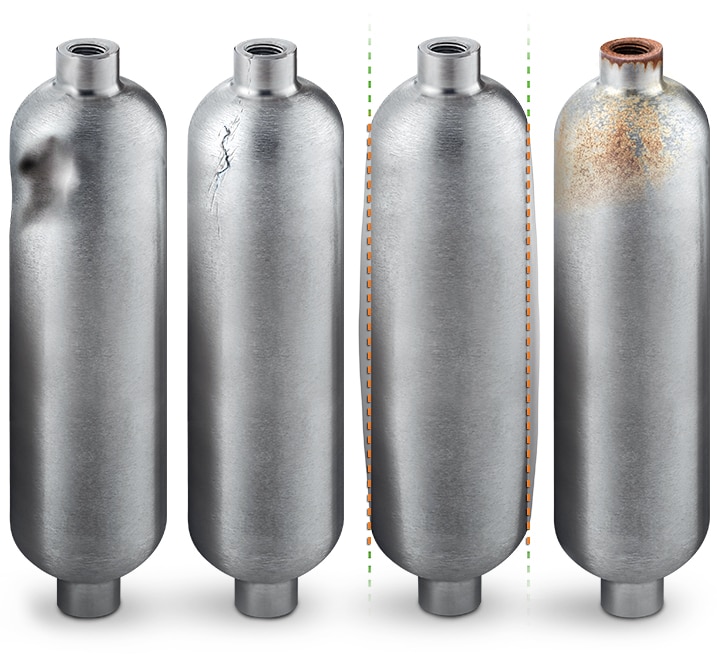Sample Cylinder Maintenance FAQ: What You Should Know
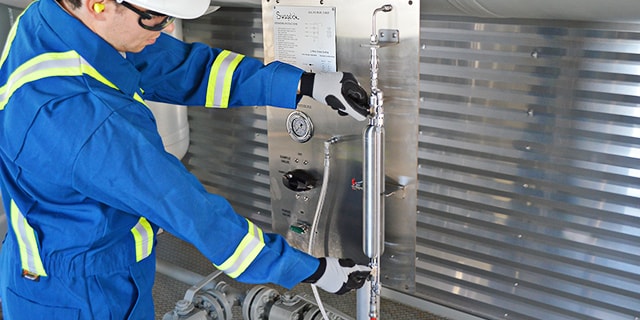
FAQ: What You Should Know About Sample Cylinder Maintenance
Tristian McCallion, custom solutions manager, Swagelok Edmonton
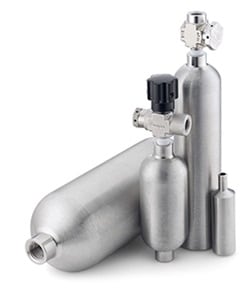
If you’ve ever wondered if a small dent in your cylinder body is something to worry about, or don’t fully understand how to identify damage to a quick connect, you’re not alone. We’ve compiled answers to some of the most common sample system cylinder maintenance questions. Here are some answers:
Q: Do I really need a sample cylinder maintenance program?
A: Sample cylinders are heavily used items in process facilities and typically go through a lot on their journey from the sample point to the laboratory. They are handled by a variety of plant personnel, including technicians, operations, and laboratory staff. Cylinders may be connected and disconnected from a sample point multiple times per day and are often stored in truck beds. Throughout all of this, your cylinder can become critically damaged over time and thus may pose a safety risk in your facility.
At minimum, all sample cylinders should be subjected to an annual inspection and pressure test. Depending on jurisdiction, cylinders must also be recertified by a local governing body on a regular schedule. Whether you’re required by mandate to perform sample cylinder maintenance or not, it’s still a worthwhile investment of time and resources to protect your personnel and operating environment.
Q: How can I tell if my cylinder needs service?
A: There are a few key indicators that your cylinders may require service prior to annual inspection or recertification.
Valves and quick connects are some of the most commonly damaged components on a sample cylinder. Damage can occur simply from high frequency of repeated use, from improper storage, or if the cylinders are not properly connected and disconnected to the sampling point. For example, you can gauge whether your quick connects are in good working order by inspecting the stems. A bent stem indicates that your quick connect may not be functioning as intended. not be functioning as intended.
The good news is that rather than replacing the entire cylinder, these individual components can often be replaced. This option provides a more economical way to ensure proper cylinder functionality and facility safety. Replacing a quick connect costs roughly 1/10 of the price of purchasing a new replacement cylinder assembly.
Q: How do I know if my cylinder needs to be replaced?
A: Some signs that it is time to replace your cylinder include obvious, visual damage to the body of the cylinder. These visual indicators may include dents, deep scratches, or gouges, or if the cylinder has become misshapen due to over pressurization. You may also see corrosion damage to the cylinder, which is typically an indicator that the cylinder’s internal coating has degraded. In each of these instances, significant physical damage to the cylinder body may pose a safety risk in your plant.
Q: What should I do if I notice damage to my cylinder?
A: A visibly damaged cylinder should be pulled from service immediately, where it can then be repaired or replaced.
However, pulling a cylinder from service on short notice may be easier said than done. If you are unprepared with a replacement cylinder or components, doing so may cause a significant—but necessary—disruption to your operations and overall plant efficiency. Keeping spare cylinders can help in these instances. A proactive maintenance plan in place for your sample cylinders may also help you avoid downtime and maintain plant safety.
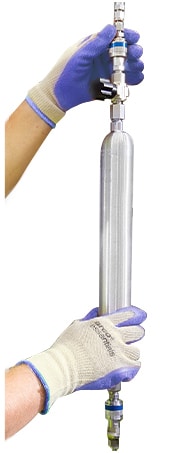
A: The basics of a proactive maintenance plan involve scheduled, periodic inspection of your cylinders. By keeping to a regular schedule, you can plan ahead for when groups of cylinders are pulled from service and be ready with replacements. Meanwhile, inspecting the pulled cylinders is a good way to uncover possible damage before it has the chance to become a larger issue, be it an operational disruption or safety hazard.
Q: What if I don’t have the time or resources to perform sample cylinder maintenance?
A: Your cylinder supplier may be able to help. For example, as part of our sampling system support services, our team provides cylinder inspection services for our sampling customers. First, we provide a visual inspection of your cylinders and any related assemblies and components. This process helps determine whether the cylinder has been deformed and is still within tolerance to operate safely under pressure. Then we assess the conditions of threads, needle valves, rupture disc valves, and fittings. Once the inspection is complete, we provide a detailed report with images and recommendations for repairs or replacement. Taking advantage of such a program can help you focus your attention on important operational priorities while heightening your commitment to team safety.
Ensuring that your sampling cylinders are in good, safe working condition is essential. If you’re interested in learning more about how to properly maintain your sampling cylinders, our field engineers are happy to discuss the best way for you to implement a sample cylinder maintenance program that suits your operations.
Related Articles
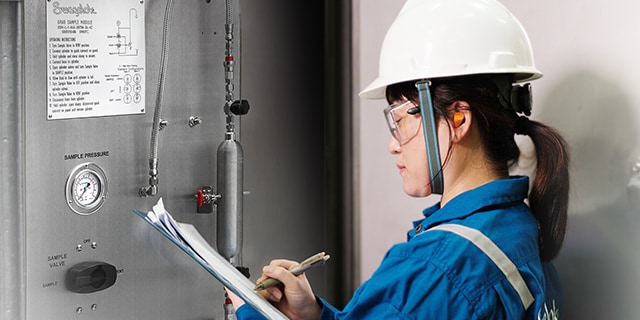
Safe, Representative Gas Grab Sampling
Read about common challenges associated with volatile liquid and gas grab sampling and learn to overcome them by using the right techniques and appropriate equipment.
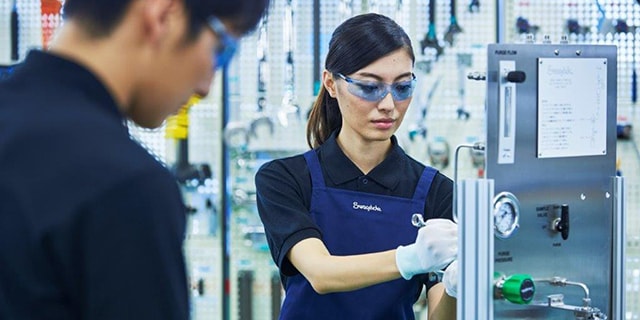
Liquid Grab Sampling Strategies to Control Costs
Discover several strategies to help drive down costs and minimize errors in your liquid grab sampling processes as you validate process conditions and analyze end product quality.
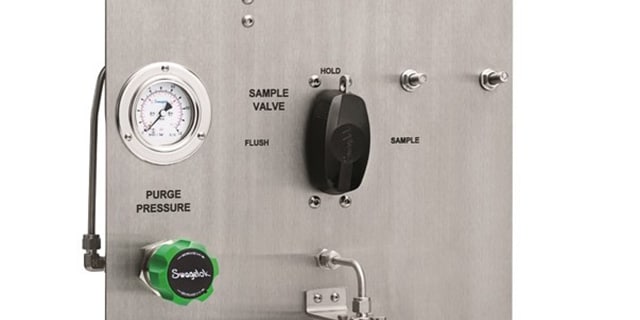
Grab Sampling 101: Reducing Plant Costs
Grab sample systems allow for safe, efficient sample captures—validating your product’s chemical composition. Learn how to improve your closed loop system’s reliability while reducing plant costs with basics from the experts at Swagelok.


